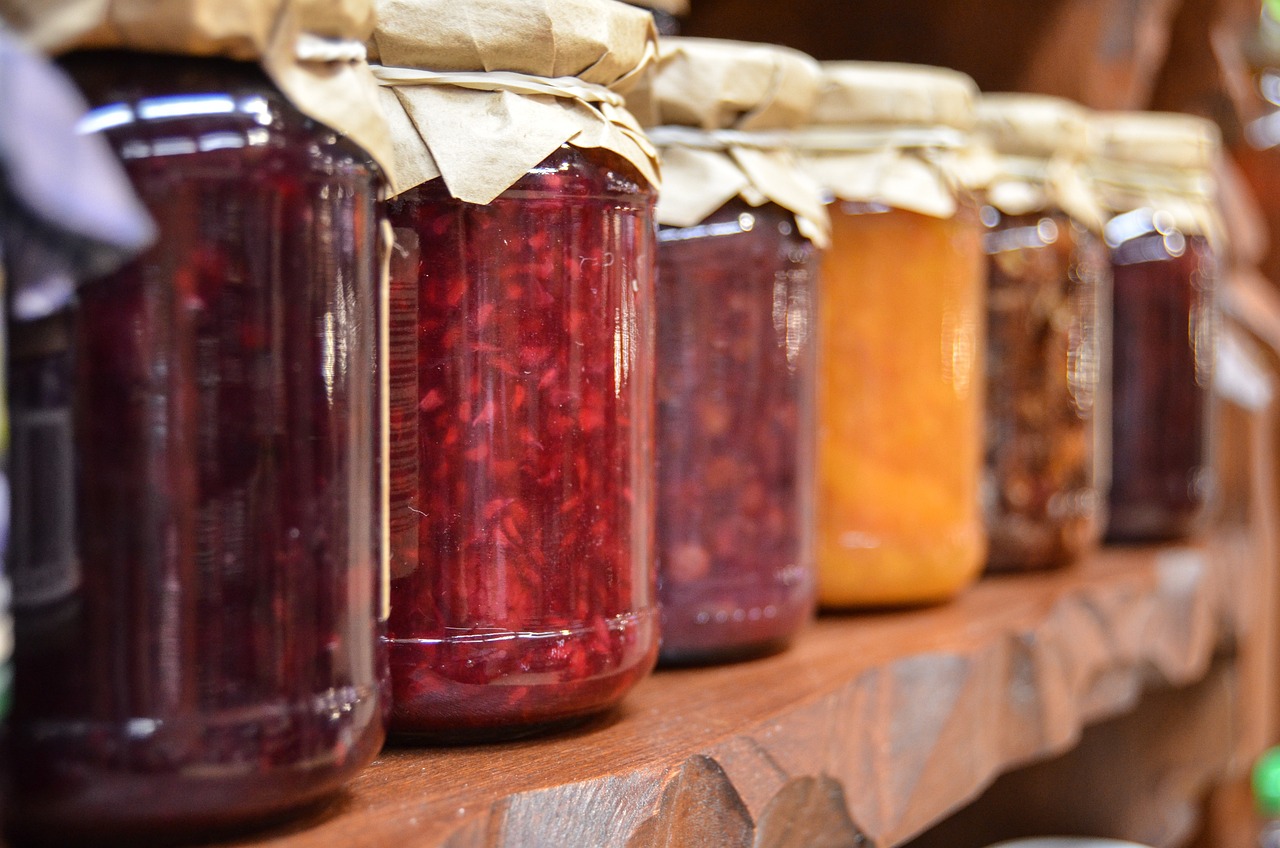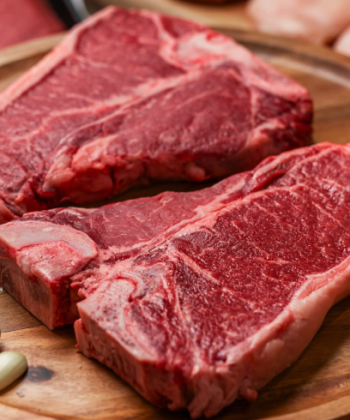
A food dehydrator is a kitchen appliance which is used in preserving fruits, vegetables, meats and many other types of foods by removing water content within the foods. This is a process of food preservation where you prepare food which can be conserved with the aid of a food dehydrator and it is cheap since one is able to purchase the food when it is cheap besides being available in plenty. It is clear to every person that a food dehydrator is convenient but it is possible to take a new level of the kitchen and get much more from it.
Prep Your Ingredients Properly
Dehydration is one process that requires preparation to a certain point and when this is well followed it is possible to get the best results. Wash the fruits and vegetables, peel off the skin if required and cut them into equal pieces to make them dry properly. This process loosens the cut surfaces of vegetables such as broccoli and cauliflower so as to help them in gaining a better color and nutrients when they are being dehydrated in the Septree Food Dehydrator. The Septree Food Dehydrator is designed to help you preserve food by dehydrating it for storage for a longer time.
In the case of herbs, leave on the stalks will suffice but it is advisable to remove leaves from thick stalks as it may take a long while to dry. And for meats to reduce chances of bacterial growth, cut them across the grain so that they take as long as possible to dry.
Use Non-Stick Sheets
It is easier to remove foods once dried when you line your dehydrator trays with non-stick sheets, for example parchment paper or silicone mats. They also help in stopping small bits from drop through racks. Bonus: You won’t have to clean up stuck drippings off the base of your dehydrator later on.
Turning Trays and Inverting Foods
Heat and air circulation may not be uniform across your dehydrator, so flip the trays halfway through the drying process. In addition, do not forget to turn over pieces on trays. This helps to make sure that none of the pieces remains undercooked or burnt in the process to dry them.
Make Your Own Blends
Don’t be afraid to experiment with your own spice and herb combinations! Dry food items such as garlic, onions, lemon zest, peppers, rosemary and many more by placing them in a food processor to make different rubs, seasonings, spices etc. Experiment with flavors and tweak to your preferred taste. After that, pack your custom creations in appropriately marked jars to be used at your convenience.
Beef Jerky Time
This is not to say that jerky is only for people who go camping. It is a practical and nutritious snack that is made by toasting thin beef flank or round steak that has been seasoned with salty marinade. Try varying meats and seasoning combinations with, for example, teriyaki, barbecues, etc. Try modifying the marinade to reduce the sodium levels if necessary by using food de. Use of a food dehydrator for jerky can be useful.
Craft Dried Flowers
To retain the attractiveness of flowers from your backyard or farmer’s market, hang the bouquet upside down or place the petals on a dehydrator’s mesh. It will take a few hours to get very thin dried flowers that can be used in vases or made into potpourri. It is important not to dry too much as this leads to fragility and loss of color.
Make Herbal Tea Blends
Use dried fruit, whole flower petals, fresh or dried aromatic herbs such as mint, chamomile, lavender, citrus zest, cinnamon sticks, vanilla bean, fennel seeds etc. Prepare blends that you fancy then pack together in jars for a warm mug of tea once you are ready for it.
Revive Stale Snacks
Many items that are stored in bags including crackers, chips, pretzels, cereal and many others may end up becoming less crispy than they are supposed to be. However, a spin in the dehydrator brings them back to the crispy shape! Place the snacks in trays but do so in a manner that they form only one layer and heat at a low temperature to make them crisp again. It works well especially when you want to refresh your soaked granola again.
Ramp Up Your Ramen
You know how instant ramen from the pantry becomes fantastic when rehydrated fresh vegetables such as carrot julienne, mushrooms, broccoli, red pepper strips, snap peas, etc. , and protein like already-cooked shredded chicken. When the time comes for lunch or dinner, cook the noodles as instructed and just before consuming, add the rehydrated ingredients.
Want To Start Instant Oatmeal Packets
Another ginger-gazing idea is to prepare individual portions of oatmeal by portioning various dried fruits and nuts in separate thin bags that can be sealed afterwards. For eating one has to take a packet and transfer these contents to a bowl and pour hot water or milk over the contents and let them become soft for about 2-3 minutes and then off you go for your daily bread in the morning. And it is recommended to cook in a large portion so that after preparing, they can easily be taken and eaten.
Bottom Line
A food dehydrator is such a wonderful kitchen gadget – use it for drying fruits and vegetables when they are fresh to have them preserved for months; prepare healthy snacks to satisfy your cravings; create unique spice blends. There are some great tips and tricks that will make you get the most from this not very often used household appliance. Transform the simple recipes into delightful treats that any member of the household and anyone who is a friend or family member with a weakened immune system and is under your care would love. Cook recipes in various ways, try different combinations of spices and herbs and lock in the flavors of your plants – the sky’s the limit when you have a food dehydrator in your home.


